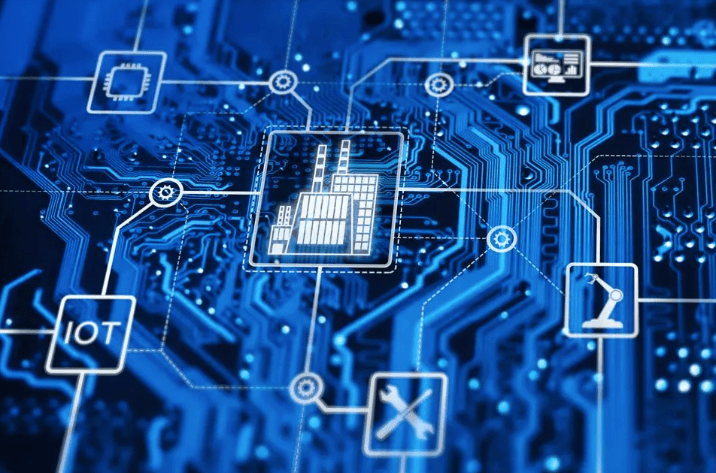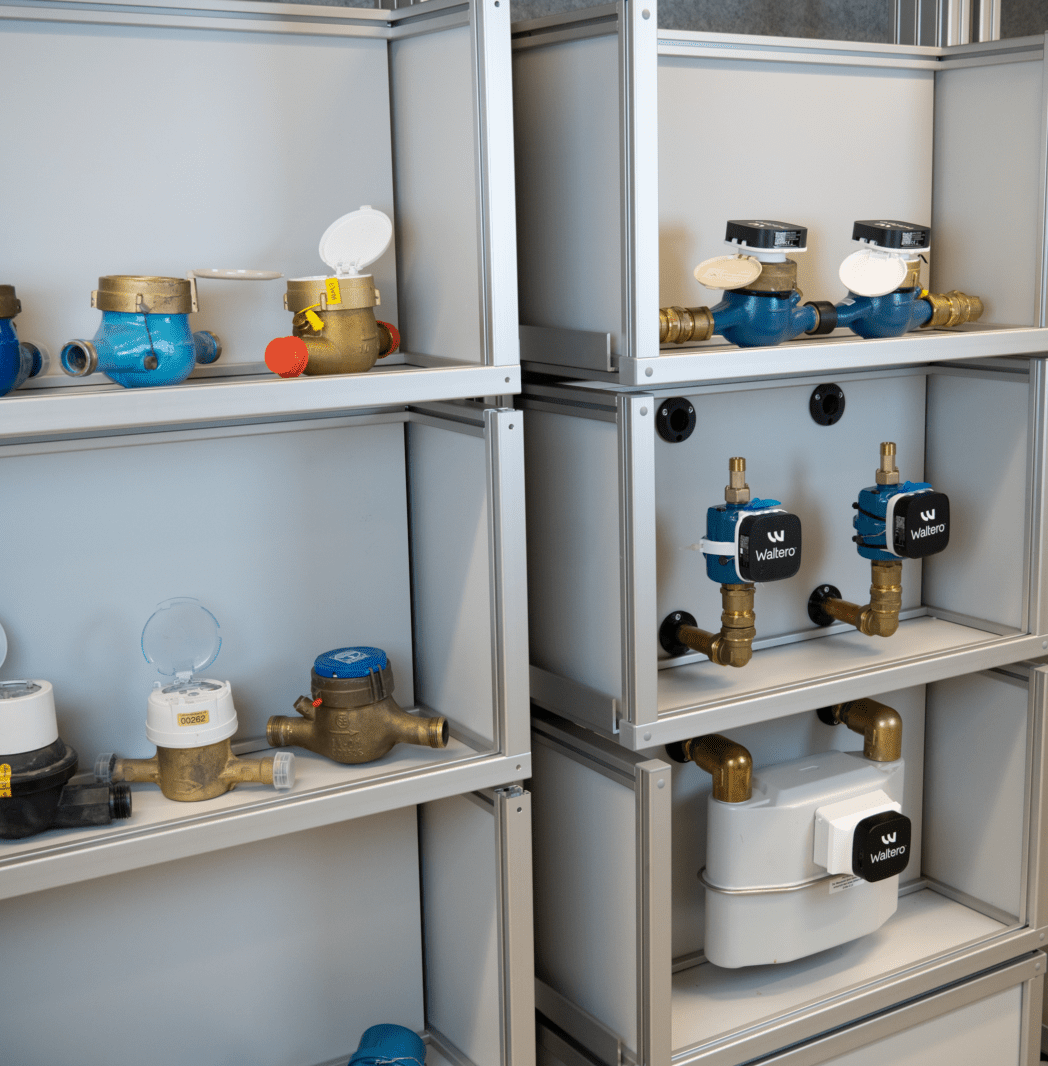In today’s competitive business landscape, utility companies are constantly seeking innovative ways to enhance operational efficiency, reduce costs, and provide exceptional service to their clients.
Remote water meter reading emerges as a powerful solution that addresses these needs, offering a seamless transition from traditional methods to a more streamlined, accurate, and cost-effective approach.
In this article, you’ll learn:
The intricacies of remote water meter reading technology
How it can optimize your operations
The provision of valuable insights into water usage patterns
Its contribution to smarter urban planning
Let’s get to it.
What is Remote Water Meter Reading?
Remote water meter reading is a method for automatically collecting consumption, diagnostic, and status data from water metering devices and transferring that data to a central database for billing, troubleshooting, and analyzing.
This technology enables the acquisition of water usage data from meters without requiring physical access to the meters themselves.
The process involves capturing water consumption data via sensors or transmitters installed in the meters, which then communicate the data to utility companies through various communication networks such as radio frequency, cellular, or satellite links.
The implementation of remote water meter reading systems allows for more frequent readings, potentially leading to improved water conservation efforts, reduced operational costs, and enhanced customer service.
The Evolution of Meter Reading
Electric meter reading, as many call it, has evolved from a mundane task to a radically transformed process. In the era of analog readings, utility companies had to send employees to each home to manually read meters. This process was time-consuming and prone to human errors.
The advent of Automatic Meter Reading (AMR) represented a significant technological leap, turning the tide in favor of efficiency and accuracy.
From Manual to Digital: A Historical Perspective
In the past, a water flow meter would collect meter readings by physically recording readings from each meter, a process that was labor-intensive and manual, as the meter reader carries the responsibility of visiting each location.
However, the quest for detailed and difficult-to-gather data triggered a transition to automation, catalyzed by companies like Metretek, Inc. who developed the first fully automated remote meter reading system using a data collection computer, in which the meter transmits continuously.
This shift ushered in a digital age, replacing manual labor with efficiency and accuracy.
Embracing IoT: Transforming Utility Meters with Smart Solutions
With the continuous evolution of technology, utility meters underwent a revolution powered by the Internet of Things (IoT). Intelligent water metering, also known as smart metering, emerged as a game-changer, providing vital data central to sustainable urban water management and demand management strategies.
These adaptable smart solutions, including a load management system, tailored to urban utility needs significantly enhanced service and maintenance, heralding a new age in utility management.
Extending Meter Lifespans: How Waltero’s Technology Retains Analog Meters
As the digital transformation gained momentum, Waltero aimed to prolong the lifespan of existing analog meters. Waltero’s system integrates seamlessly with traditional meters, allowing them to function within modern digital infrastructures, thus preserving the investment utility companies have made in their current metering hardware.
The Mechanics Behind Remote Water Meter Readings

Now that we understand the basics of remote reading, we can explore the mechanics of this revolutionary technology. In essence, remote water meter readers work to:
Capture pulses from water meters
Wirelessly transmit this data
Convert it into useful information
Present it to utility operators and consumers.
Capturing Data: How the W-Sensor Works

At the heart of Waltero’s remote meter reading system is the innovative W-Sensor, a key component of their sensor monitoring system. This game-changing device is designed to:
Convert any utility meter into a digitized smart meter in a matter of seconds
Record high-resolution data
Facilitate hourly data logging, enhancing leak detection and providing granular data for water usage.
Seamless Integration: Connecting to Central Databases

A significant advantage of remote water meters is their seamless compatibility with central databases. This integration streamlines data handling and automates meter reading and billing processes.
Regardless of the meter reading method, devices like the W-Sensor act as a data collection device, fostering easy integration with cloud systems, guaranteeing efficient service and maintenance.
Network Technologies Based on Efficiency
Behind the efficient functioning of remote water meter reading systems are various network technologies that satellite amr devices communicate with. Some commonly used RF technologies in AMR include:
Handheld devices
Mobile devices
Satellite amr devices
Fixed network system
Power Line Communication (PLC) is another method used to transmit data over power lines, facilitating the efficient integration of remote water meter data into central systems.
Scaling Up: Infinite Scalability with Waltero’s System
With urban areas expanding, the demand for scalable solutions escalates. This is where Waltero’s system shines. Designed for infinite scalability, it evolves alongside the community, meeting the expanding needs of urban environments.
Adapting to City Needs: Customizing Solutions for Urban Infrastructure
Recognizing the unique needs of each city, Waltero provides customizable AMR solutions. These solutions are tailored to suit varied urban infrastructures, ranging from single residential buildings to comprehensive city utility networks.
These customized solutions are formulated following a thorough evaluation of existing utility systems, enabling strategic asset management and forward-thinking protection of urban utility infrastructures.
Residential Benefits: Enhancing Service for Building Managers and Tenants
Not only cities but also residential buildings reap substantial benefits from remote meter reading systems. Smart metering infrastructure delivers precise utility data management, enhancing service transparency and accountability for building managers and tenants.
Additionally, automatic meter reading enables real-time data collection and analysis, allowing systems to automatically collect consumption information, which enhances service quality and elevates customer satisfaction for both building managers and tenants.
The Business Impact of Adopting Remote Meter Reading
Adopting remote water meter reading technology brings benefits that go far beyond mere convenience. It brings about significant business impacts, including cost efficiency, reduced human error, and real-time monitoring for proactive management.
Cost Efficiency and Cash Flow Improvements
Economically, smart metering is predicted to:
Open up a global opportunity worth approximately $57 billion over the forthcoming decade
Facilitate cost reductions for utilities by allowing remote readings
Eliminate the need for on-site meter checks
Enable the reallocation of human resources.
Reducing Human Error and Enhancing Accuracy
Adopting remote meter reading also substantially improves accuracy. Advanced meter reading technologies reduce human error and enhance accuracy, ensuring precise utility usage data and billing.
The enhanced encoder resolution of modern water meters now allows the measurement of consumption to a precision of one litre, improving the accuracy of usage data and billing.
Real-Time Monitoring for Proactive Management
Apart from cost and accuracy benefits, real-time monitoring transforms the game. Smart metering technologies provide real-time or near real-time monitoring, significantly enhancing urban water management and customer engagement through the use of status data.
These technologies also support ecological transformation in smart cities by reducing carbon footprints.
Advancing towards a Smarter City

Utilities play a pivotal role as cities endeavor to become smarter. Smart cities use information and communication technologies to improve:
Service levels
Citizen well-being
Sustainability
Economic development
Integrating Utilities into the Smart City Paradigm
For sustainable management of water resources in urban areas, integrating intelligent metering is essential. Remote meter reading is central to evolving smart city infrastructures, offering enhanced attractiveness and sustainability of municipal services.
Driving Ecological Transformation with Smart Water Management
Driving ecological transformation, smart water meters serve a vital function. Their contribution to efficient water management and reduced consumption is transforming the ecological footprint of urban areas and promoting sustainability.
Through the integration of these smart meters in areas with low geographic meter density, urban areas can create a ripple effect of sustainability and efficient resource management.
5 Frequently Asked Questions
1. What is remote water meter reading?
Remote water meter reading is a technology that captures, transmits, and converts meter data for efficient utility billing and management, allowing for remote access to water usage data.
2. How does Waltero’s W-Sensor work?
Waltero’s W-Sensor works by converting utility meters into digital smart meters, recording high-resolution data and enabling hourly data logging for improved leak detection and detailed water usage information.
3. What are the benefits of remote meter reading for residential buildings?
Remote meter reading for residential buildings offers benefits such as precise utility tracking, customized billing, improved service quality, and efficient water consumption through faster leak detection and threshold alerts. This can lead to cost savings and enhanced utility management.
4. How does remote meter reading contribute to the concept of smart cities?
Remote meter reading contributes to the concept of smart cities by improving service levels, citizen well-being, sustainability, and economic development, as well as facilitating sustainable urban water management through high-resolution data.
5. What are the business impacts of adopting remote meter reading?
Adopting remote meter reading technology can have significant business impacts such as cost efficiency, reduced human error, real-time monitoring for proactive management, and potential economic opportunities. It’s a strategic move for many businesses to consider.
Summary
In a world where technology is reshaping our lives, remote water meter reading stands as a beacon of transformation. It promises not only convenience and efficiency but also a sustainable future for our cities. As we continue to evolve and grow, technologies like remote water meter reading will be at the forefront, leading us to a smarter, more sustainable future.

